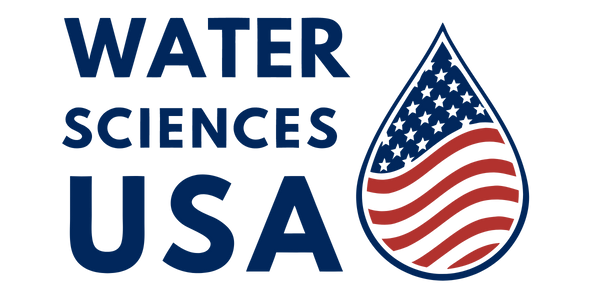Ultraviolet Disinfection Systems

What is Ultraviolet Disinfection?
Ultraviolet disinfection uses UV light to neutralize pathogens in water without adding chemicals or altering taste. It targets bacteria, viruses, and protozoa by damaging their DNA or RNA, preventing reproduction and causing inactivation. UV systems are commonly used in residential settings for whole-house (POE) or under-sink (POU) applications, especially where water may contain microbial contaminants like E. coli or Giardia. According to the CDC, UV is effective for disinfecting water from private wells or surface sources, but it requires clear water to function optimally and is often paired with pre-filters.
How Ultraviolet Disinfection Works
UV disinfection works by exposing water to ultraviolet light at a wavelength of 254 nm (UV-C range), which penetrates microbial cells and disrupts their genetic material, rendering them harmless. The system consists of a UV lamp inside a quartz sleeve, through which water flows, receiving a specific dose of UV energy (measured in mJ/cm²).The process includes:
-
Pre-Filtration: Water passes through sediment or carbon filters to remove particulates and turbidity, ensuring UV light can penetrate effectively.
-
UV Exposure: Water flows around the lamp, receiving a dose (typically 40 mJ/cm² for home systems) to inactivate 99.99% of pathogens.
- Maintenance: Lamps are replaced annually, sleeves cleaned quarterly to prevent fouling.
Contaminant Removal Capabilities
UV disinfection excels at inactivating microorganisms but does not remove chemical contaminants, heavy metals, or particulates. See a list of contaminants that activated charcoal systems can assist with:
| Contaminant | Can UV Disinfection Help? | Explanation |
|---|---|---|
| E. coli | Yes | Bacterium; inactivated by UV at proper dose (e.g., 40 mJ/cm²). |
| Total Coliform | Yes | Bacteria; inactivated by UV at proper dose. |
Additional UV Disinfection System Considerations
-
Effectiveness: Inactivates 99.99% of pathogens with adequate dose and clear water; ineffective for chemicals or particulates.
-
Maintenance: Annual lamp replacement ($50–$150), quarterly sleeve cleaning; power outages disable the system.
-
Costs: Initial $200–$2,000 (low-pressure cheapest), annual $50–$300; flow rates 6–18 gpm for home.
- Environmental Impact: Mercury-free UV-LED options reduce waste; no chemicals added, but requires electricity.
